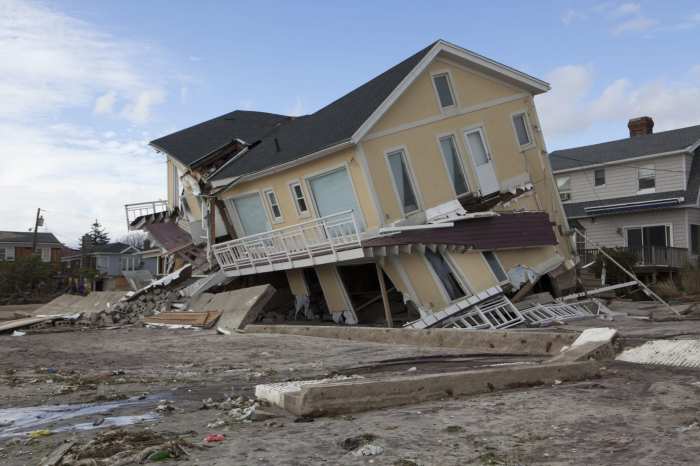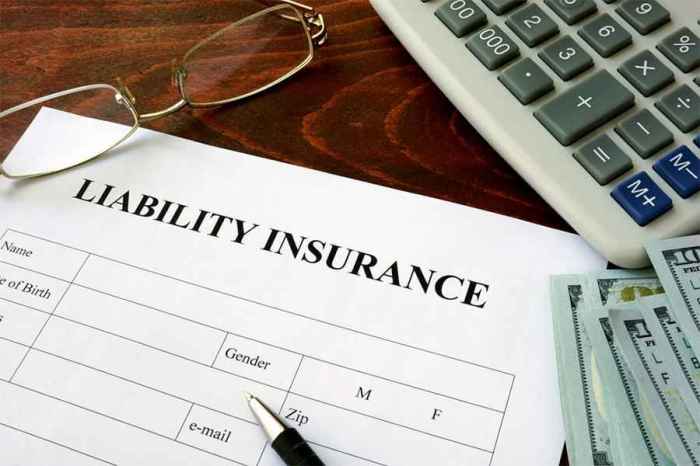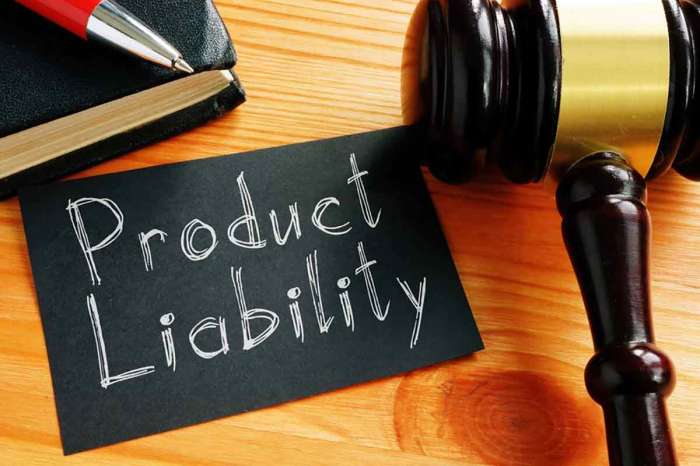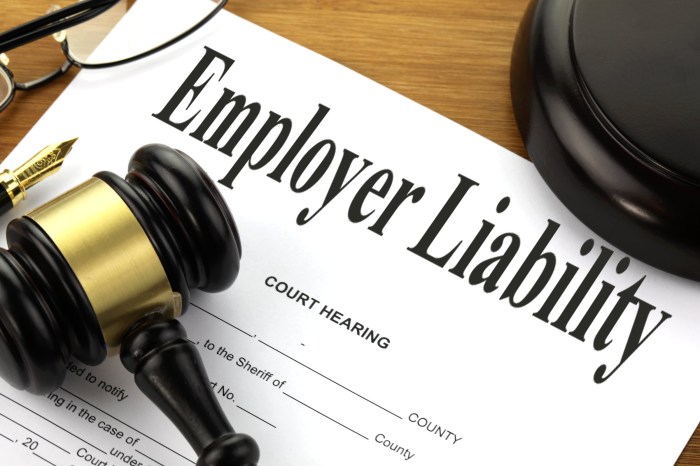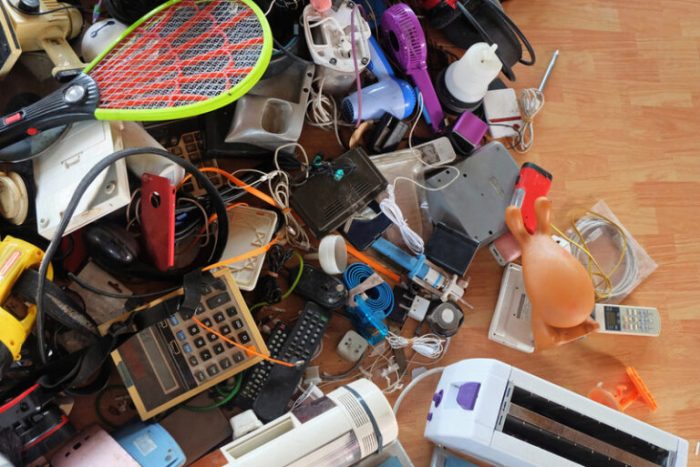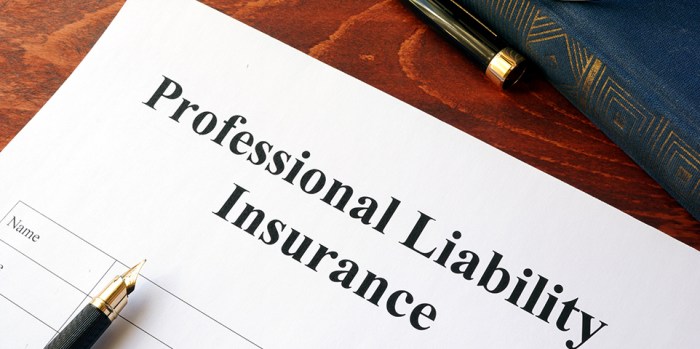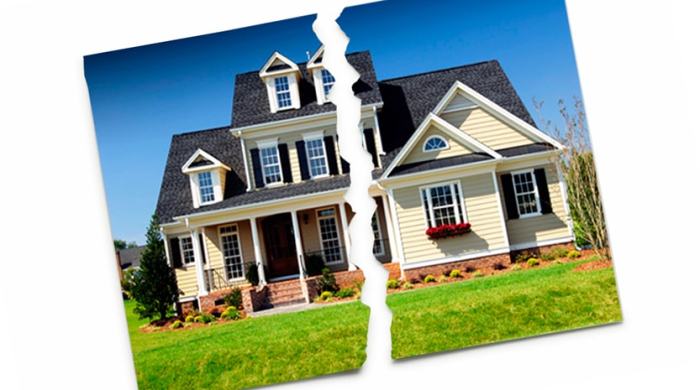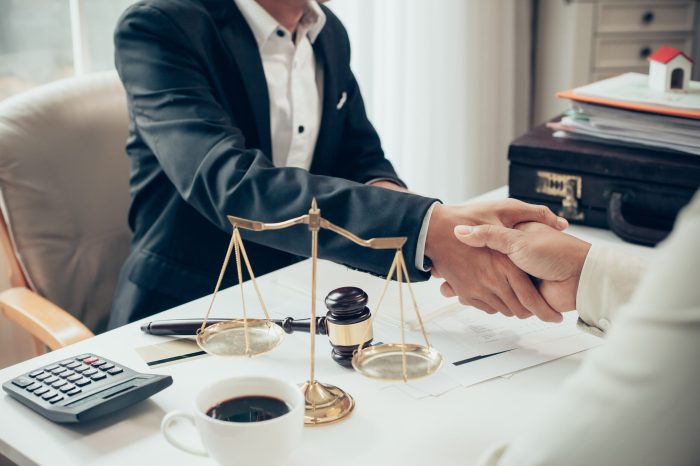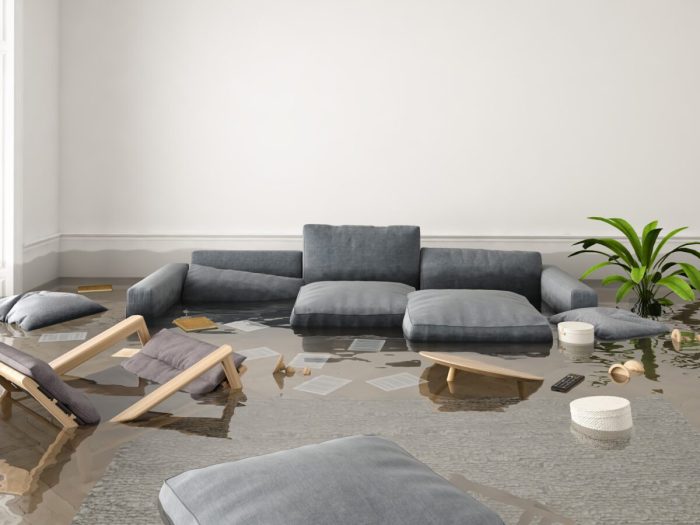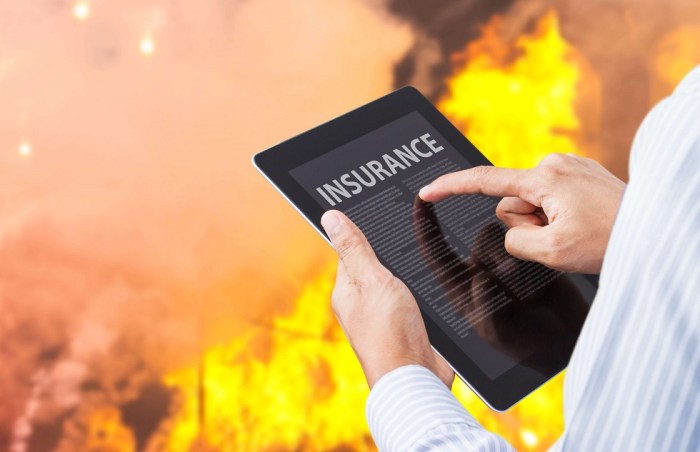Property damage claims from fire accidents explore the devastating consequences of fire incidents on properties, shedding light on the complexities of filing claims and assessing damage costs. Delve into this comprehensive guide to uncover essential insights and preventive measures in the event of a fire.
Discover the various types of property damage, the intricacies of the claims process, and valuable tips to navigate insurance procedures effectively. Stay informed and prepared to handle property damage resulting from fire accidents with confidence.
Causes of Property Damage from Fire Accidents

Fires can be devastating, causing significant property damage and posing serious risks to lives. Understanding the common causes of fire accidents can help in implementing preventive measures to protect properties and save lives.
Electrical Malfunctions
Electrical malfunctions are a leading cause of fire accidents in residential and commercial buildings. Faulty wiring, overloaded circuits, and damaged electrical appliances can spark fires that quickly spread and cause extensive property damage. To prevent electrical fires, it is essential to regularly inspect and maintain electrical systems, avoid overloading circuits, and replace damaged cables or appliances promptly.
Cooking Accidents
Cooking-related fires are another common cause of property damage. Grease fires, unattended cooking, and misuse of cooking appliances can lead to flames spreading rapidly and engulfing the entire kitchen. To prevent cooking fires, it is crucial to stay attentive while cooking, keep flammable materials away from heat sources, and have a fire extinguisher readily available in the kitchen.
Smoking Materials
Improperly discarded smoking materials, such as cigarettes or matches, can ignite fires that cause extensive property damage. Smoking indoors, especially in bed or near flammable materials, increases the risk of accidental fires. To prevent smoking-related fires, it is important to smoke outside, use deep ashtrays, and ensure that smoking materials are fully extinguished before disposal.
Heating Systems
Malfunctioning heating systems, including furnaces, space heaters, and chimneys, can also trigger fires that result in property damage. Lack of maintenance, improper installation, and flammable debris near heating sources can all contribute to heating-related fires. Regular maintenance, proper installation, and keeping the area around heating systems clear can help prevent fires and protect properties.
Arson
Intentional acts of arson, where individuals deliberately set fire to properties, can cause significant damage and pose serious threats to lives. Arson can be motivated by various reasons, such as vandalism, revenge, or financial gain. Preventing arson requires implementing security measures, such as installing surveillance cameras, securing entry points, and reporting suspicious activities to authorities.
Types of Property Damage Resulting from Fire Accidents: Property Damage Claims From Fire Accidents

When a fire accident occurs, various types of property damage can result, each with its own extent of destruction and challenges in assessment and repair.
Structural Damage
Structural damage is one of the most common types of property damage from fire accidents. It can weaken the integrity of buildings, compromising their stability and safety. The extent of structural damage can range from minor cracks in walls to complete collapse of the property. Assessing and repairing structural damage requires expertise in construction and may involve extensive reconstruction efforts.
Smoke Damage, Property damage claims from fire accidents
Smoke damage occurs when soot and smoke particles settle on surfaces within the property. This type of damage can discolor walls, ceilings, and furniture, leaving a lingering odor. Cleaning and restoring items affected by smoke damage can be challenging, as it requires specialized equipment and techniques to ensure thorough removal of soot particles and odors.
Water Damage
Water damage is often a secondary effect of fire accidents, resulting from efforts to extinguish the flames. Excessive water can seep into walls, floors, and furniture, causing mold growth and structural deterioration. Repairing water damage involves drying out the affected areas, removing mold, and restoring damaged materials to prevent further issues.
Electrical Damage
Fire accidents can cause electrical damage to wiring, appliances, and other electronic devices within the property. Electrical systems may short-circuit or malfunction due to fire exposure, posing a risk of electrical fires or shocks. Assessing and repairing electrical damage requires the expertise of licensed electricians to ensure the safety and functionality of the property’s electrical systems.
Personal Property Damage
Personal property damage refers to the destruction or loss of belongings within the property, such as furniture, clothing, and valuables. Fire accidents can result in irreparable damage to personal items, requiring replacement or restoration. Evaluating the extent of personal property damage can be emotionally challenging for property owners, as it involves assessing sentimental as well as monetary value.
Steps Involved in Filing Property Damage Claims

When it comes to filing property damage claims after a fire accident, there are specific steps that need to be followed to ensure a successful outcome. Understanding the process and having the necessary documentation is crucial in this situation.
Documentation Required for Filing a Successful Claim
- Proof of ownership: Providing documents such as property deeds, mortgage papers, or insurance policies can help establish ownership of the property.
- Evidence of damage: Detailed photos or videos of the property before and after the fire, along with a list of damaged items, can support your claim.
- Police/fire report: A copy of the police or fire department report detailing the cause and extent of the fire can strengthen your case.
- Receipts and estimates: Keeping receipts for repairs or replacements, as well as estimates from contractors, can help determine the value of the damages.
Role of Insurance Companies in Assessing and Approving Claims
- Claims adjuster: An insurance company will assign a claims adjuster to investigate the claim, assess the damages, and determine the coverage under the policy.
- Claim evaluation: The insurance company will review the documentation provided, evaluate the extent of the damages, and decide on the amount to be paid out for the claim.
- Approval process: Once the claim is approved, the insurance company will issue a payment to cover the losses incurred due to the fire damage.
Assessing Property Damage Costs
When it comes to assessing property damage costs from fire accidents, various methods are utilized to determine the extent of the damage and the associated expenses. This process is crucial for insurance claims and restoration efforts.
Methods Used in Assessing Property Damage Costs
- Visual Inspection: Inspectors visually assess the damage to the property, including structural damage, contents affected, and other factors.
- Documentation Review: Reviewing documents such as receipts, invoices, and property records can help in estimating the costs.
- Estimation Software: Advanced software tools like Xactimate are commonly used by professionals to calculate repair and replacement costs.
Comparison of Cost Assessment Process for Residential and Commercial Properties
While the basic principles of assessing property damage costs remain the same for residential and commercial properties, the scale and complexity differ.
- Residential Properties: Assessors may focus on personal belongings, structural damage, and living expenses for homeowners.
- Commercial Properties: For businesses, the assessment may involve inventory losses, business interruption costs, and specialized equipment replacements.
Tools and Software for Estimating Property Damage Costs
Various tools and software are used in the estimation of property damage costs, providing accurate and detailed calculations for insurance claims and restoration projects.
- Xactimate: A widely used software in the insurance industry for estimating repair and rebuilding costs.
- Encircle: A mobile and web-based platform that helps assessors document property damage and generate cost estimates.
- Simsol: Another software solution that assists in calculating property damage costs with detailed line items and reports.
In conclusion, understanding property damage claims from fire accidents is crucial for property owners and insurers alike. By following the recommended preventive measures and being aware of the steps involved in filing claims, individuals can better protect their assets and expedite the recovery process in the aftermath of a fire incident. Stay vigilant, stay informed, and stay proactive to mitigate the impact of fire accidents on your property.
Understanding the difference between car insurance liability vs full coverage is crucial for all drivers. While liability coverage is mandatory in most states, full coverage provides more comprehensive protection. It’s important to weigh the pros and cons of each option to make an informed decision.
When searching for the top-rated personal injury law firms , it’s essential to consider their track record, experience, and client reviews. These factors can help you find a reputable law firm that will prioritize your case and work towards achieving the best possible outcome for you.
Locating the best personal injury lawyers near me can be a daunting task, but with the right research and referrals, you can find a skilled attorney who will fight for your rights and help you navigate the complexities of personal injury law.
